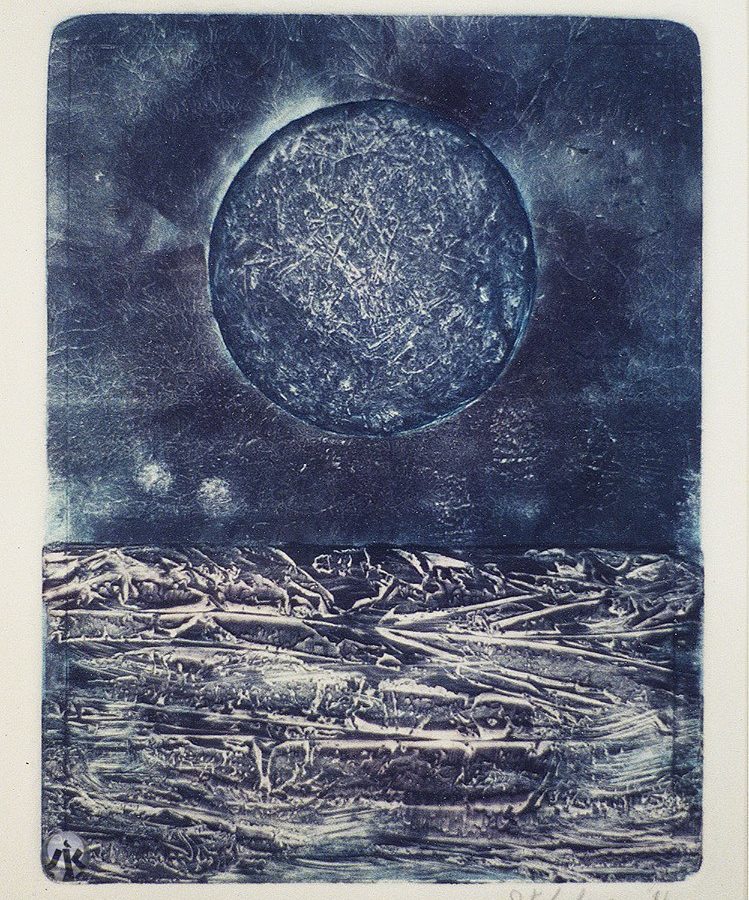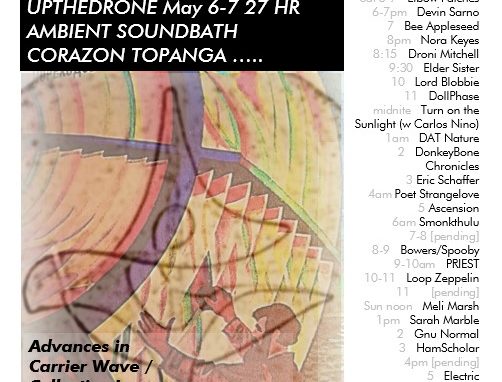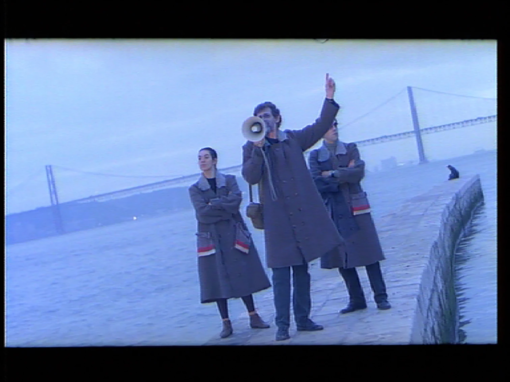Chandra Wickramasinghe, collaborator with renowned astronomer Fred Hoyle on the “Cosmic Panspermia” model that potentially applies to ALL viruses, returns with a new paper, zeroing in on, yes, SARS2. At its maximum, Wickramasinghe and Hoyle proposed that the evolution of the biosphere is continuously ‘programmed’ by this billion-year “in-fall” of viral code-bits.
Origin of new emergent Coronavirus and Candida fungal diseases—Terrestrial or cosmic?
Abstract: The origins and global spread of two recent, yet quite different, pandemic diseases is discussed and reviewed in depth: Candida auris, a eukaryotic fungal disease, and COVID-19 (SARS-CoV-2), a positive strand RNA viral respiratory disease. Both these diseases display highly distinctive patterns of sudden emergence and global spread, which are not easy to understand by conventional epidemiological analysis based on simple infection-driven human- to-human spread of an infectious disease (assumed to jump suddenly and thus genetically, from an animal reservoir). Both these enigmatic diseases make sense however under a Panspermia in-fall model and the evidence consistent with such a model is critically reviewed.
…In the past 40 years there have been a number of suddenly emerging epidemic viral diseases. Many were self-limiting and “went away” or “disappeared” almost as quickly as they appeared (SARS, MERS, ZIKAV). The origins in all cases were a mystery, and very controversial. Others such as the far more deadly HIV retrovirus has finally succumbed to highly effective antiretroviral therapy (HAART) making life bearable for infected HIV + people. However it has integrated into the human germline in many cases and is likely to be a permanent “endogenized retroviral signature” in the human germline, joining the many thousands of other HERVS, human endogenous retrovirus sequences that litter the human genome as fragments or potentially active retroviruses.
However the great exemplar of the emergence of a new pandemic disease of considerable virulence and pathogenicity was the Spanish Flu Pandemic 1918–1919. That pandemic has been analyzed in great detail, and the astute and engaged reader of all that evidence is left with only one conclusion—the Spanish Flu disease came from Space on a massive scale, and killed tens of millions before the advent of air travel.
We do not intend here to discuss these earlier epidemics and pandemics—which have been covered in previous papers (some cited here). We focus our analysis on the actual origins of two recently emergent epidemics: a fungal disease caused by Candida auris and the current coronavirus “common cold-type” epidemic caused by the COVID-19 virus. These two epidemics display distinctive features and clear evidence that they may have come from a space in-fall of infectious viruses and micro-organisms in cometary dust or meteorite-derived dust particles.
…We conclude by noting some predictions and expectations:
We expect the pattern of further spread of the new Coronavirus (COVID-19) to be dictated mostly by primary in-fall until a high level of person-to-person infectivity might possibly be achieved and the virus then acquires the status of an endemic virus.
Viral contamination of the “environment” in the most general sense explains most of the apparent contagion, …
Thus, the possibility cannot be ruled out that the Diamond Princess cruise ship (and the more recent Westerdam cruiseship) in the South China Sea was contaminated by a fragment of the main COVID-19 dust cloud. Similar inexplicable events appeared to happen for ships at sea during the 1918–1919 Spanish Flu Pandemic …
And, further to this, other drifting COVID-19 smaller dust clouds that have not as yet made land fall may target remote island and other communities, as was also the case during the 1918–1919 Spanish Flu Pandemic (Hoyle & Wickramasinghe, 1979).
Given the low mutation rate, the very wide apparent in-fall infectivity pattern the expectation is this pure viral culture has inoculated millions of Chinese citizens (as well as potentially millions of wild and domestic animals in China) inducing protective adaptive immune responses (Acquired Herd Immunity) on a very large scale.
Thus, development of a so called “COVID-19 vaccine” which is much in the news at the time of writing would be a waste of public tax-payer funds if mounted on the scale envisaged by governments and national centers for disease control.
We thus expect the decline of the epidemic (peaking and declining at time of writing) to be driven by this mass natural vaccination process now underway in China. So, the suddenly emerging COVID-19 epidemic, like many similar suddenly emerging human epidemics in the past (SARs, MERs, ZIKAV), is expected to rapidly end by the self-limiting processes of wide spread herd immunity (a pattern likely to be repeated in other countries,…).
• We thus expect that the incidence of serum antibodies specific for COVID-19 to be wide-spread in the Chinese population in the coming months. So, millions will be potentially immunized for life against future infections with COVID-19.
How long will COVID-19 remain potentially infective in the physical environment? Clearly for some time—given that over the space of a month or so many cases appeared rapidly, spread by environmental contamination in our view, and not by traditional person-to-person generated aerosols at the height of the donor’s infection. This is consistent with those news reports out of China “As the death toll rose to 80, China said, increasing concerns about the potential the virus was infectious even before symptoms were visible rapidity of its spread.” (Heidi Han and Kieran Gair, Associated Press, The Australian newspaper January 27, 2020.)
…
As this chapter was submitted to the publisher an authoritative news despatch from Japan reports sporadic outbreaks across the country with no direct link with China. Further, in early February we tried to alert the world on our interpretation of the origins of COVID-19 with many of the same arguments and analyses listed in this chapter. One succinct letter was sent to The Lancet, and the other was a more general article for a wider lay readership, to The Australian newspaper—both articles were rejected by the editors.
https://www.ncbi.nlm.nih.gov/pmc/articles/PMC7358766/
Art by James Koehnline.
Update – article from Inverse confirms bacteria can survive for years in space, based on study of bacteria kept outside the International Space Station, in Frontiers in Microbiology.




